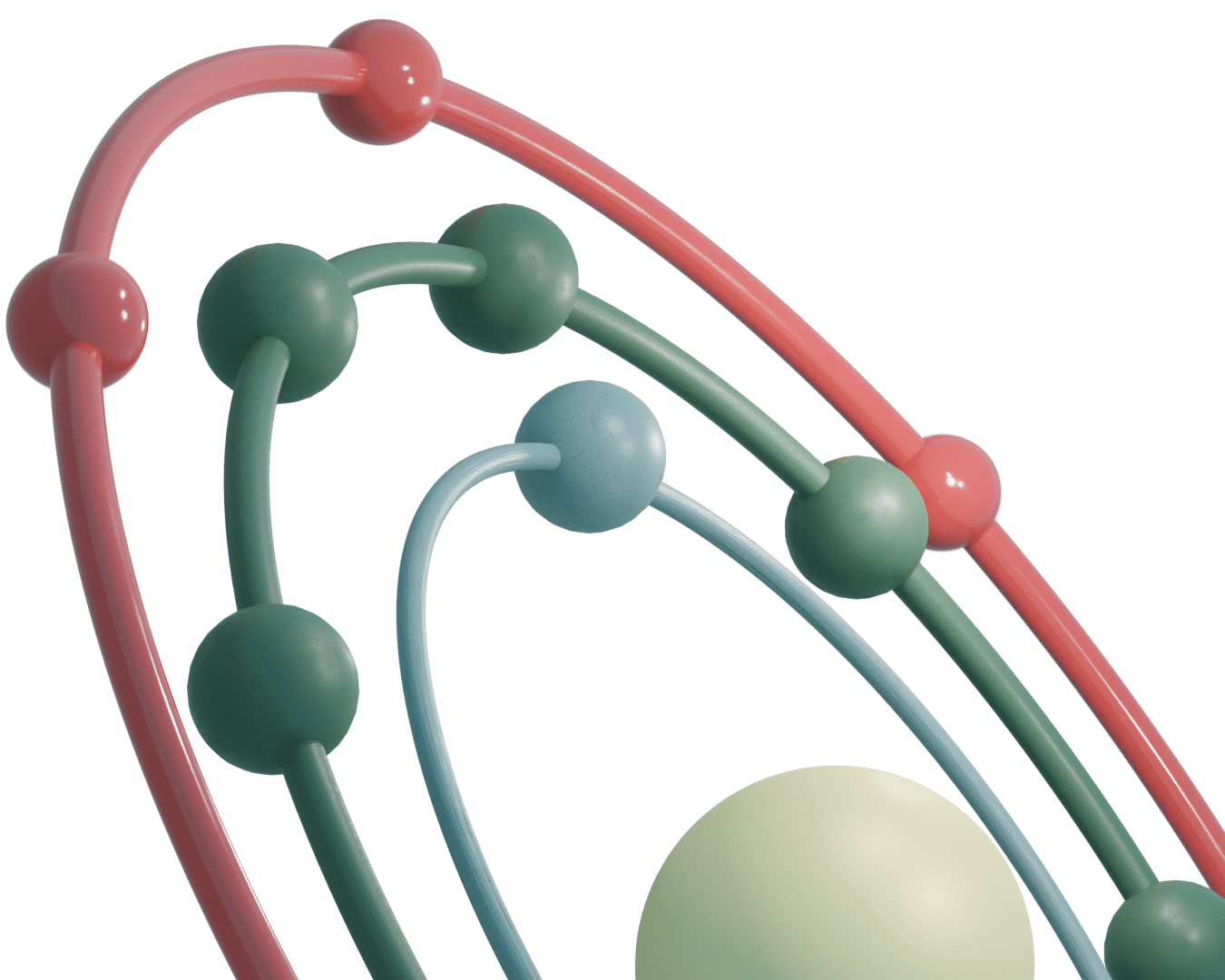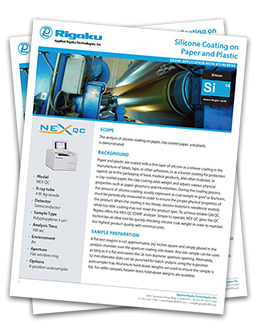Plastics & Polymers
EDXRF / XRF Elemental Analysis for Demanding R&D Applications
Qualitative and Quantitative Elemental Analysis of Additives, UV-stabilizers, Flame Retardants and Modifiers
Polymer and plastics are materials composed of repeating hydrocarbon structural units, typically connected by covalent chemical bonds. Today polymers can be found everywhere – in a range of applications that far exceeds that of any other traditional material from packaging materials, adhesives, foams, plastic containers, textiles, fibers, and construction parts in airplanes and automobiles. The list of polymers includes rubber, bakelite, neoprene, polypropylene (PP), polystyrene (PS), high impact polystyrene (HIPS), acrylonitrile butadiene styrene (ABS), polyethylene terephthalate (PET), polyester (PES), polyamides – nylon (PA), polyvinyl chloride (PVC), polyurethanes (PU), polycarbonate (PC), polyvinylidene chloride (PVDC), polyethylene (PE), polymethyl methacrylate (PMMA), polytetrafluoroethylene (PTFE), polyetheretherketone (PEEK), polyetherimide (PEI), phenolics (PF), urea-formaldehyde (UF), melamine-formaldehyde (MF), polylactic acid (PLA), Silicone, and many more.
- Regulation Compliance
- Benchtop Solutions
Stabilizers, Fire Retardants, Pigments, and Fillers
During development and production, the compounds in polymers have to be controlled strictly to meet the national and international regulations avoiding potential danger due to hazardous and toxic substances. Directives for the Restriction of Hazardous Substances (RoHS), as well as End of Life Vehicle (ELV), include restrictions for the use of cadmium (Cd), mercury (Hg), lead (Pb), chromium (VI) (Cr) and poly-brominated (Br) flame retardants (PBB and PBDE) in order to mitigate potential risks to health or environment. For all tasks in polymer R&D and production, X-ray fluorescence (XRF) spectroscopy can identify and quantify concentrations of the aforementioned additives – as well as antimony, barium, calcium, copper, phosphorus, titanium, zinc, and all other elements from sodium through uranium.
Advanced Qualitative and Quantitative Analysis
NEX CG II benchtop spectrometer is powered by Rigaku’s RPF-SQX Fundamental Parameters (FP) software, featuring Rigaku Profile Fitting (RPF) technology and Scattering FP. This robust software allows semi-quantitative analysis of almost all sample types without standards – and rigorous quantitative analysis with standards. Rigaku’s Scattering FP method automatically estimates the concentration of unmeasurable low atomic number elements (hydrogen to fluorine) and provides appropriate corrections.
Calibration standards can be expensive and difficult to obtain for many applications. With RPF-SQX, the number of required standards are greatly reduced, significantly lowering the cost of ownership and reducing workload requirements for running routine analyses.
Plastics/polymers Information & Resources


